One of the most spectacular moments in the universe has just been revealed by the James Webb Space Telescope: an image of two galaxy clusters violently colliding, leaving behind a giant “tail” of gas and stars being flung into space.
The sight stunned astronomers and the public alike, revealing the chaos of a cosmic collision on a scale so large it was almost beyond imagination.
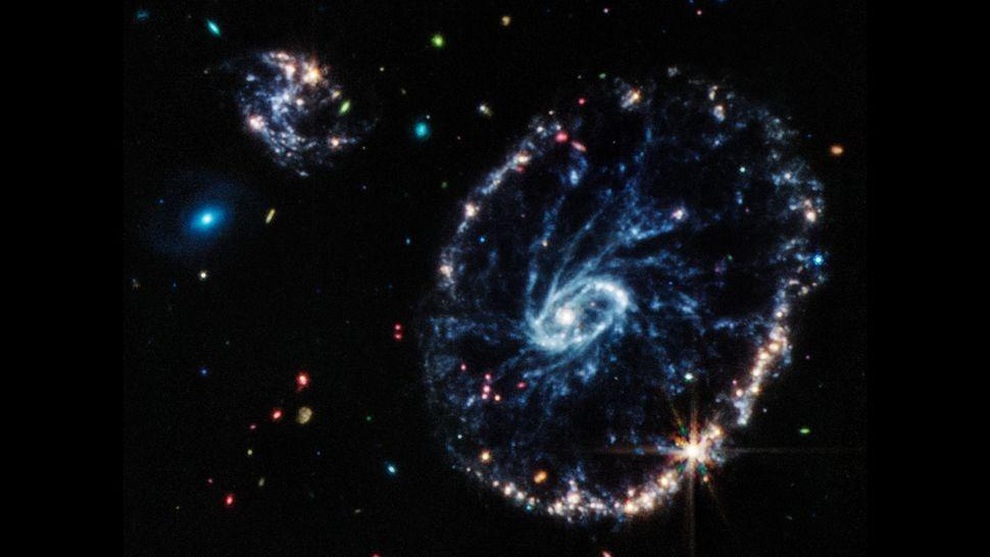
In the photo, the “tail” stands out against the dark sky. It is not a straight line, but distorted, bumpy, with countless patches of bright light. Astronomers say the tail is hundreds of thousands of light years long, a figure that emphasizes the violence of the impact.
For many, the image initially made them skeptical that it was just a photoshopped product. But after being confirmed by many reputable scientific sources, the photo quickly became the center of attention.
Some observers have likened the spectacle to “a brilliant ribbon being flung across the cosmos,” while others have called it “cosmic fireworks.” Whatever the comparison, it is clear that James Webb has given humanity an unprecedented look at the devastating power of galactic collisions.
What makes the image particularly appealing is the variety of colors. Blue patches indicate hot air with high temperatures, while red patches indicate colder areas.
This contrast is like the way the universe “paints” itself into a giant painting, with each color representing a violent collision of matter. This is something that previous telescopes like Hubble have had difficulty capturing fully, because James Webb is extremely sensitive, enough to record even the faintest halos.
Astronomers explain that during the collision, the enormous gravitational force of the galaxy clusters stretched, ripped apart and flung billions of stars and huge amounts of gas into the surrounding space.
These stars, once ejected, may continue to wander through intergalactic space, or may eventually be absorbed into other galaxies. This is a process that has helped shape the long-term evolution of the universe, creating the diverse structures we observe today.
Not only visually stunning, the images James Webb brought back are also valuable scientific documents.
From small details like the shape and length of the tail to the distinct colors of each gas patch, researchers can analyze to better understand how matter moves during collisions.
This helps them answer big questions: how do galaxies merge to form new structures, and what happens to the ejected stars?
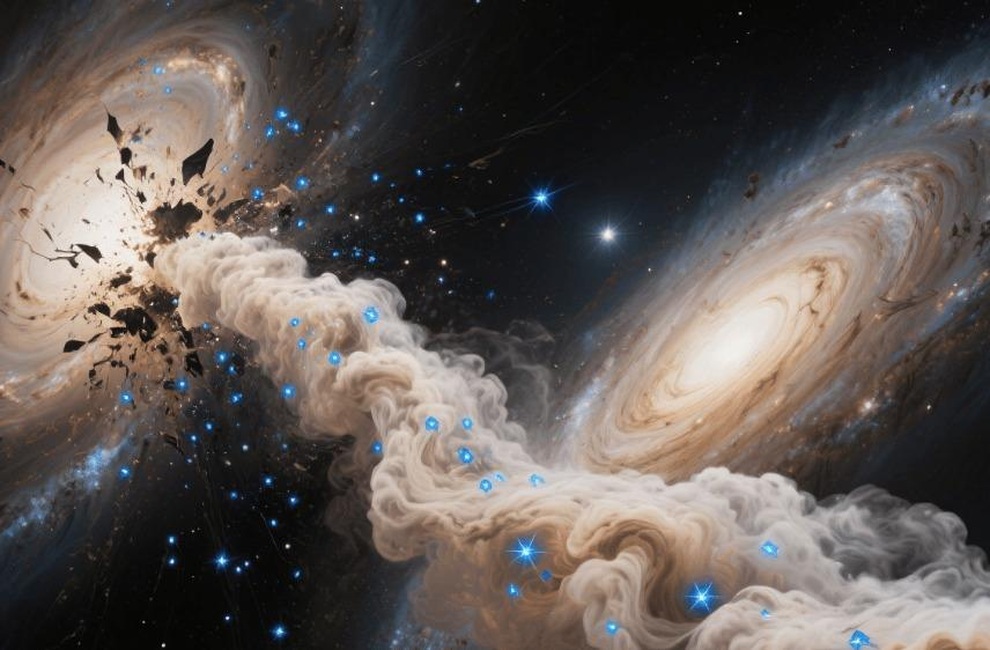
It's worth noting that galaxy collisions are not uncommon in the universe. In fact, our own Milky Way galaxy is on a collision course with the Andromeda galaxy, and is expected to merge into a new, massive galaxy in the next few billion years.
The images that James Webb captured today may be a “visual prophecy” of the scenario that Earth and the Solar System may witness in the distant future.
Since its launch into space, the James Webb Space Telescope has repeatedly caused a stir in the scientific community and the public, thanks to its unprecedentedly detailed images of the early universe, nebulae, distant planets, and now even violent galactic collisions.
With each photograph, James Webb not only brings visual awe but also arouses curiosity and inspires even those who are not much interested in astronomy.
The galaxy collision just recorded by James Webb is proof that the universe is not as static as we think. It is constantly moving, colliding, merging and changing.
Source: https://dantri.com.vn/khoa-hoc/kinh-vien-vong-james-webb-ghi-lai-canh-va-cham-thien-ha-du-doi-20250827234118727.htm



![[Photo] General Secretary To Lam attends the opening ceremony of the National Achievements Exhibition](https://vphoto.vietnam.vn/thumb/1200x675/vietnam/resource/IMAGE/2025/8/28/d371751d37634474bb3d91c6f701be7f)
![[Photo] Red flag with yellow star flutters in France on National Day September 2](https://vphoto.vietnam.vn/thumb/1200x675/vietnam/resource/IMAGE/2025/8/28/f6fc12215220488bb859230b86b9cc12)
![[Photo] Politburo works with the Standing Committee of Cao Bang Provincial Party Committee and Hue City Party Committee](https://vphoto.vietnam.vn/thumb/1200x675/vietnam/resource/IMAGE/2025/8/28/fee8a847b1ff45188749eb0299c512b2)
![[Photo] General Secretary To Lam presents the 45-year Party membership badge to comrade Phan Dinh Trac](https://vphoto.vietnam.vn/thumb/1200x675/vietnam/resource/IMAGE/2025/8/28/e2f08c400e504e38ac694bc6142ac331)
![[Photo] National Assembly Chairman Tran Thanh Man holds talks with New Zealand Parliament Chairman](https://vphoto.vietnam.vn/thumb/1200x675/vietnam/resource/IMAGE/2025/8/28/c90fcbe09a1d4a028b7623ae366b741d)

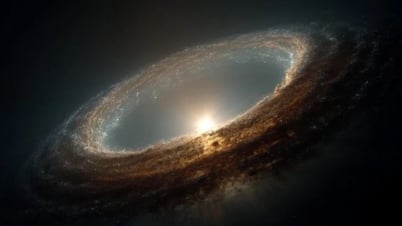

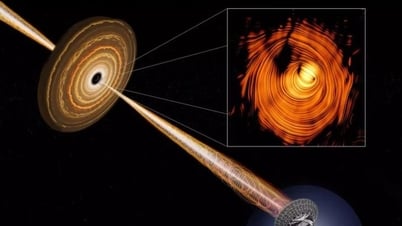

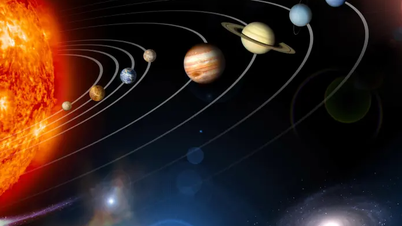


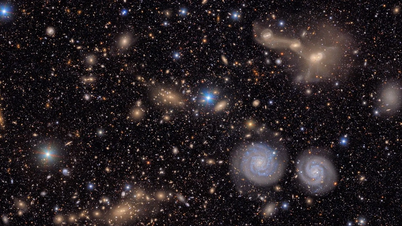













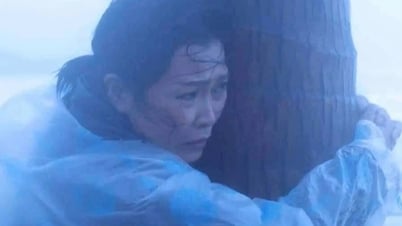








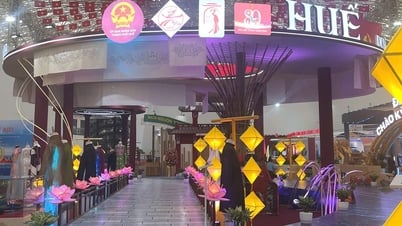

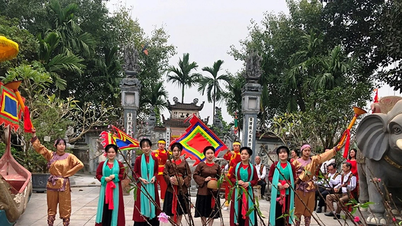
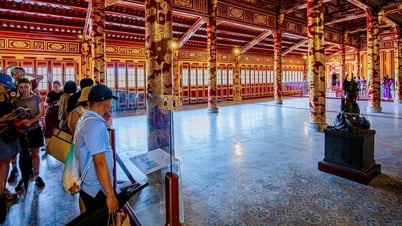
















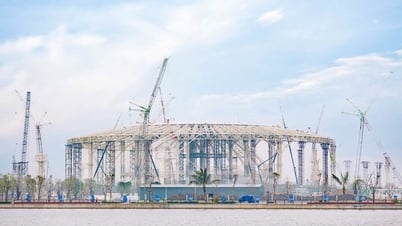


















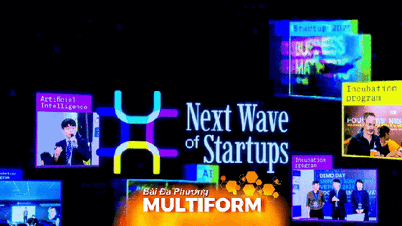


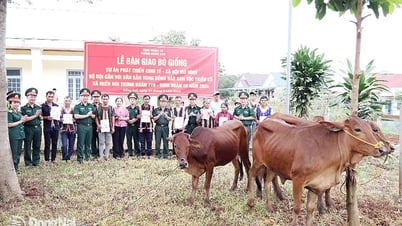





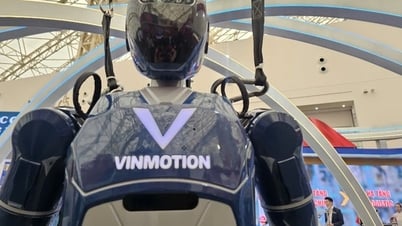

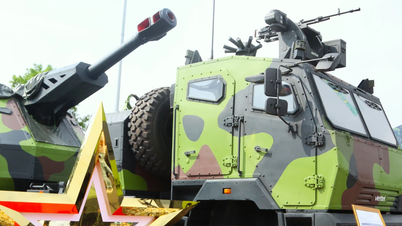










Comment (0)